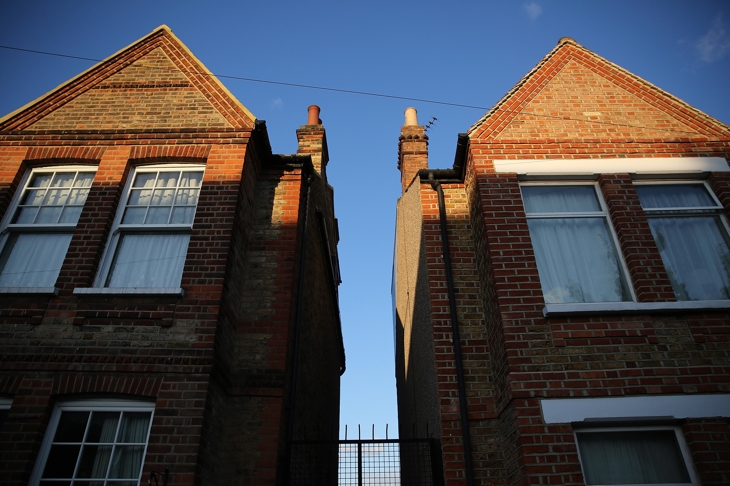We could have given them free Spotify subscriptions. Or Just Eat vouchers. Instead, the government’s pitch to Jezza-loving twenty-somethings was a cut in stamp duty for first-time buyers. The levy on buying a home will be abolished completely up to £300,000, and, for the trainee bankers and tech moguls buying in the better parts of London, the first three hundred grand when you are spending half a million will be let off the tax.
On the surface, that might seem like a good wheeze. If young people are angry that they can’t get a first foot on the housing ladder, then it will now be a little easier for them.
It comes with a cost, however. It takes a housing policy that was already a mess, and achieves the almost unimaginable feat of making it even worse.
Take stamp duty. Two decades ago, it used to be a very simple tax. Back when Mrs Thatcher was Prime Minister, you paid nothing up to £30,000, and 1 per cent after that. Under John Major, the threshold was doubled to £60,000 to reflect higher house prices. And, er, that was about it. Over two decades, nothing else happened to it.
Now it changes more often than West Ham managers. Predictably, it all started going wrong under Gordon Brown. Instead of one rate, he changed it to four. Not content with that, he then fiddled with the rates in 1998, 1999, and 2000. After a brief pause for breath, Labour changed them again in 2005, 2006, 2008, and then in a parting shot in 2010, with a 5 per cent rate on homes over £1 million.
George Osborne was not much better, changing the rates in 2012 and 2014, with a 12.5 per cent rate on properties over £1.5 million. So we went from one change in 20 years to eleven. Even worse, we now have a tax that depends on who you are. There is one rate for first-time buyers. Another rate for second home owners. We haven’t quite reached the stage of having special stamp duty rates for homes with Farrow & Ball paint or those elegant copper baths. But, heck, there is always next year. No doubt someone can start drafting the legislation.
It is a mess. Taxes are meant to be simple, stable, and preferably low. Stamp duty used to tick all three boxes. But in the last 20 years, it has been turned into a bewildering mess, with successive Chancellors using it as a crude tool for micro-managing the housing market. Too many buy-to-let landlords? Whack some stamp duty on them. Young people can’t afford homes? Cut their rate. The trouble is, each change just adds another layer of complexity to a market that is already completely dysfunctional. The government can’t micro-manage something as complex as the supply of houses any more than it can micro-manage anything else. Eleven reforms to the system have not made it work any better, nor has it made the market more accessible.
Here’s a simple solution. Why not cut the rate back to 1 per cent. And promise to leave it there until 2037. It could hardly make the housing market any worse – and it might just make it a whole lot better.






Comments